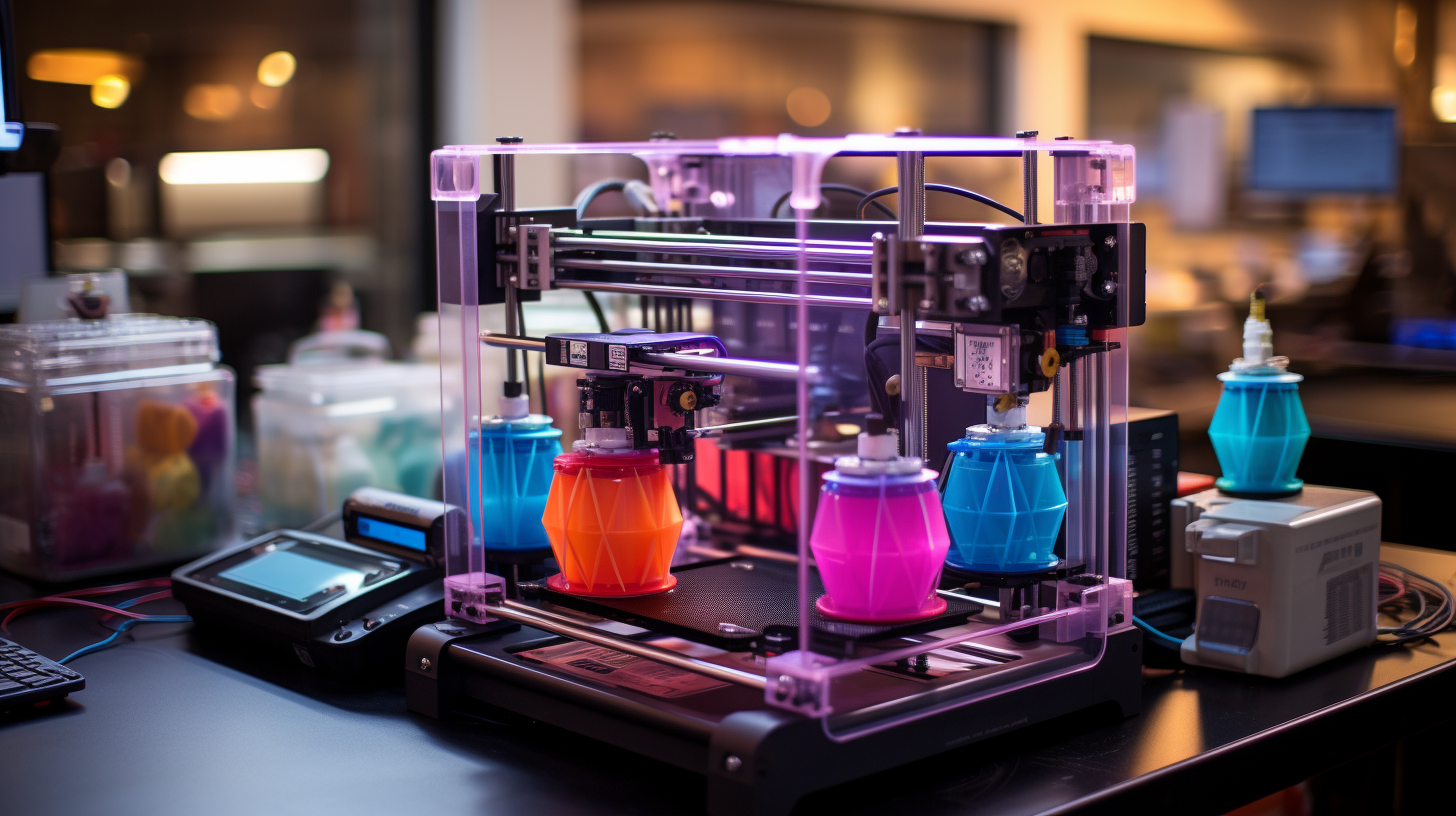 |
| Multi-Material Printing |
Breakthrough in Multi-Material 3D Printing by Tohoku University
Researchers at Tohoku University’s Institute for Materials Research and New Industry Creation Hatchery Center have achieved a groundbreaking development in multi-material 3D printing. Their innovation enables the production of lightweight yet durable automobile components, paving the way for advancements in additive manufacturing.
Challenges and Solutions in Multi-Material Printing
The metal 3D printing process involves layering metals with heat to form precise, customizable structures, often reducing material waste compared to traditional manufacturing. Multi-material 3D printing enhances performance by strategically combining different metals, such as steel and aluminum, for lighter and more efficient parts.
However, challenges arise with certain metal combinations. For instance, brittle intermetallic compounds often form at the interfaces between steel and aluminum, compromising the material's strength.
Associate Professor Kenta Yamanaka explains, "Multi-materials are a hot topic in additive manufacturing, but the formation of brittle compounds at dissimilar metal interfaces remains a major obstacle.”
To overcome this, the team utilized Laser Powder Bed Fusion (L-PBF), a technology that selectively melts metal powders with a laser. By increasing the laser scan speed, they suppressed the formation of brittle compounds like Al5Fe2 and Al13Fe4, achieving a process called non-equilibrium solidification. This method improved the bonding interfaces, creating a steel-aluminum alloy that is both lightweight and strong.
Specially Appointed Assistant Professor Seungkyun Yim highlights the importance of understanding the in-situ alloying mechanism, emphasizing, “You can’t just slap two metals together and expect them to stick without a plan.”
Prototyping the Future of Automotive Components
Using their improved technique, the researchers successfully prototyped the world’s first full-scale multi-material automotive suspension tower with optimized geometry. This breakthrough opens the door to broader applications of multi-material 3D printing in automotive and other industries.

